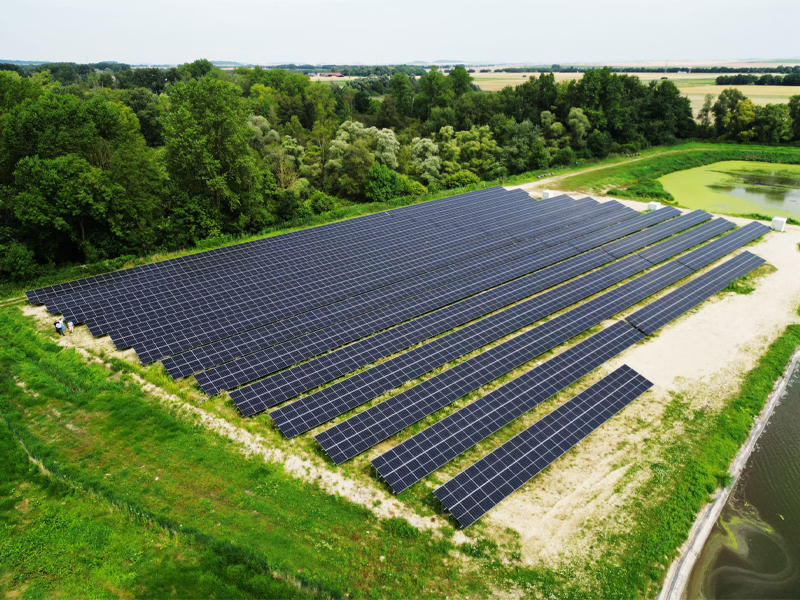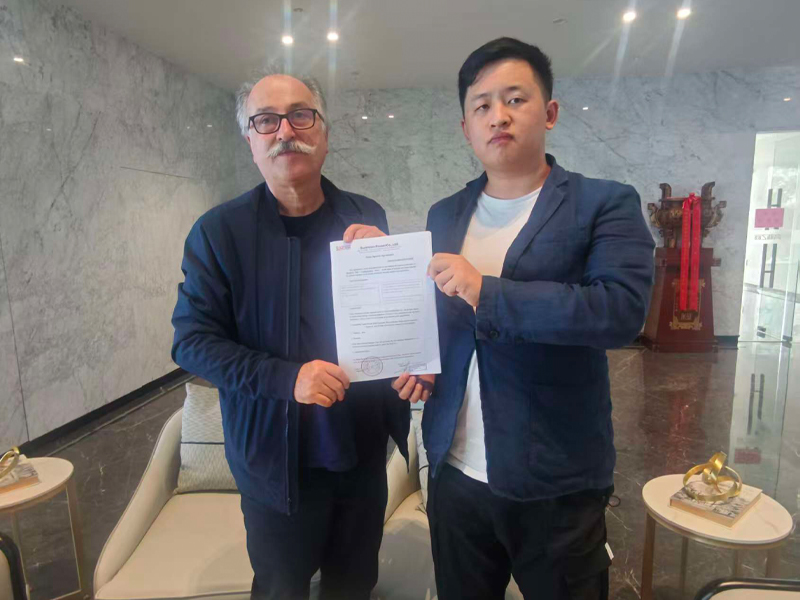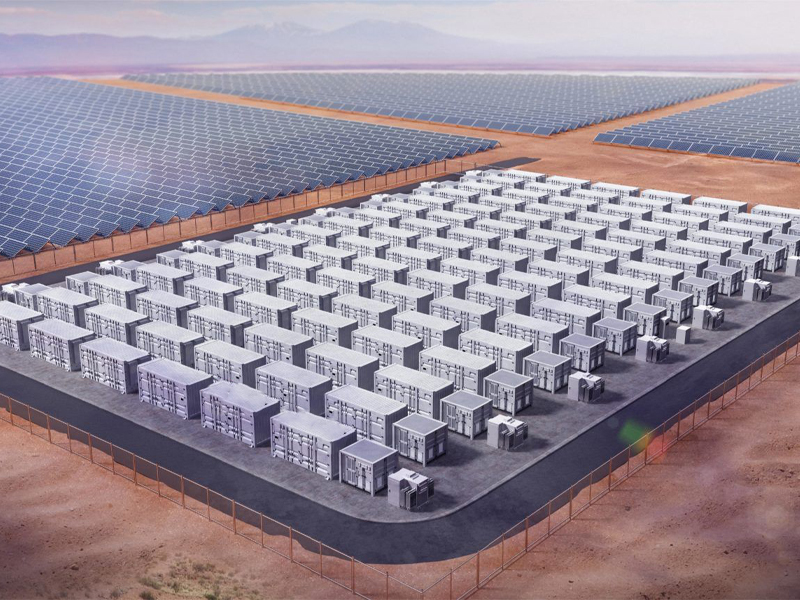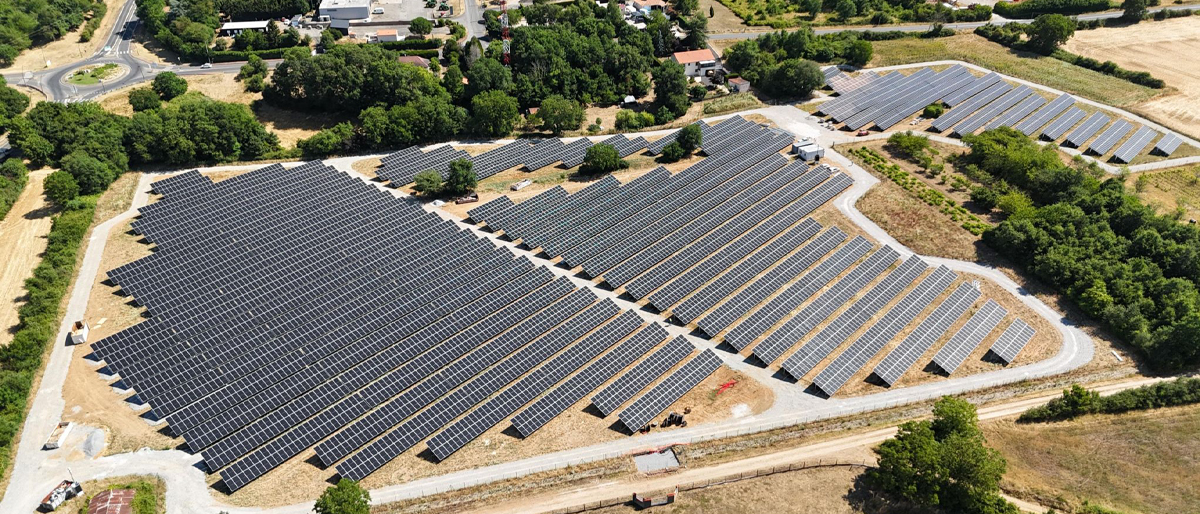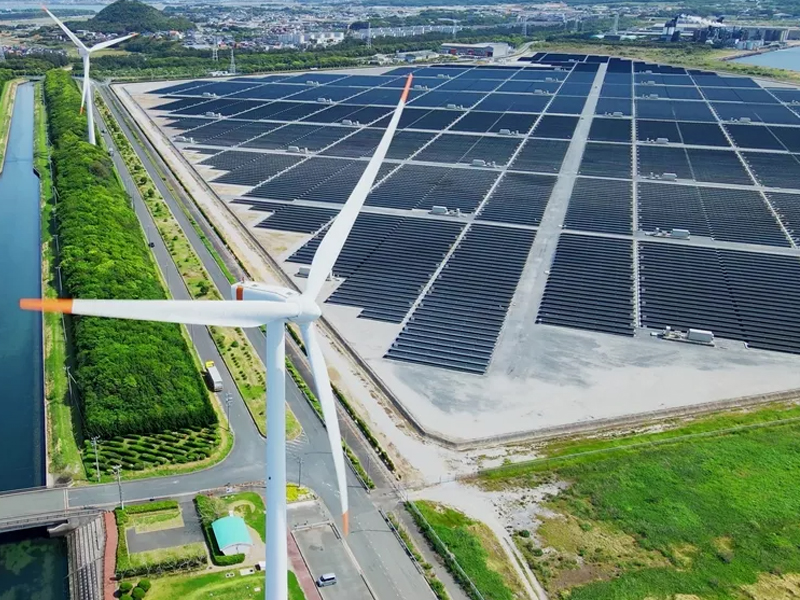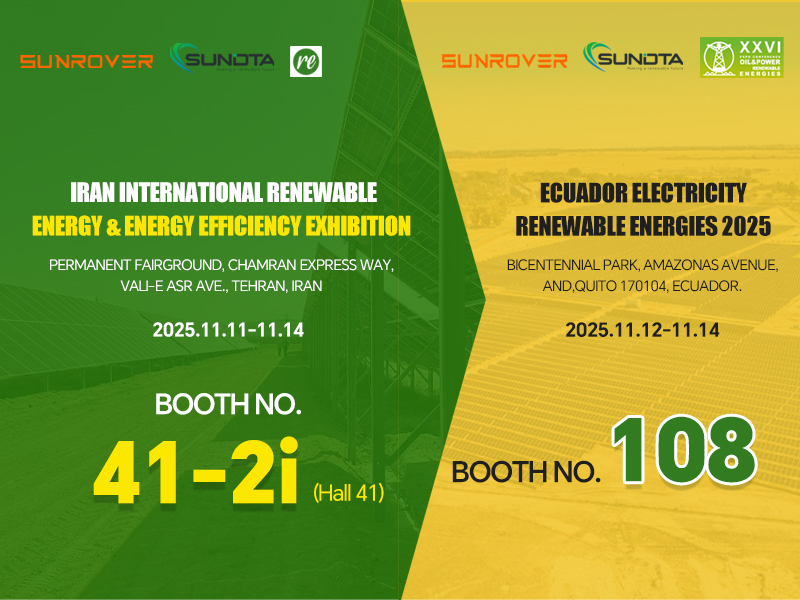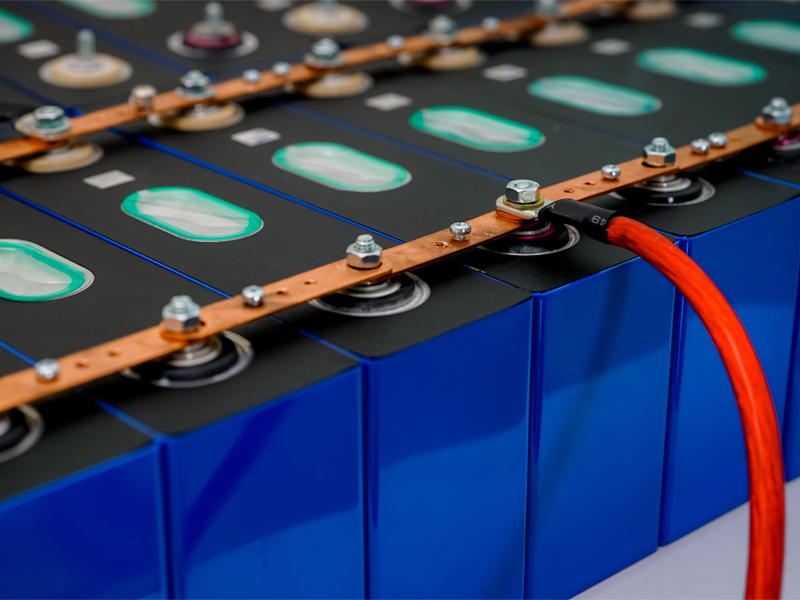24GW of new photovoltaic potential! Do you believe it?
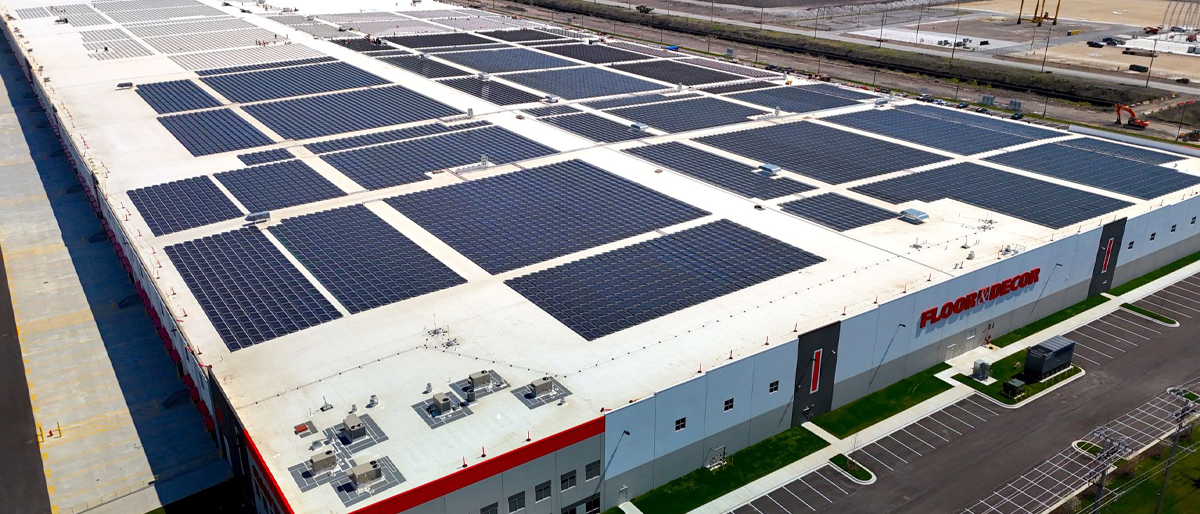
ASEAN member states could unlock 24GW of new solar and 5.6GW of new wind capacity in the region by investing more in grid infrastructure.
This is the core conclusion of Ember Climate’s latest regional report, which identifies the region’s grid infrastructure shortfalls and explores the benefits of increased transmission investment for Clean Energy.
The report, titled “A Profitable Grid: Grids Are the Key to Unlocking Energy Investment in ASEAN,” says that insufficient available grid capacity is a major obstacle for ASEAN countries to ensure energy supply security and achieve global climate change goals.
For example, the International Energy Agency (IEA) reports that by 2030, the region will need to add 100,000 km of transmission lines to meet growing energy demand and reduce fossil fuel dependence. However, ASEAN countries are currently planning less than half of this target.
Indonesia leads the region with more than 20,000 km of new transmission lines announced, but only Vietnam (with more than 11,000 km of new lines planned) is the only other country to announce more than 10,000 km of new lines.
Vietnam has attracted much attention as a leader in ASEAN’s Renewable Energysector, but its grid construction is seriously lagging behind. Vietnam has 23GW of wind and solar capacity (compared to its 35GW of fossil fuel capacity, the best balance of renewables and fossil fuels in Southeast Asia), but was forced to cut the utilization of its largest Solar Power Plant by 40% in 2022 due to a lack of pricing mechanisms and insufficient grid capacity.
Expanding solar and Energy Storage capacity
Vietnam vividly demonstrates the importance of investing in both renewable energy capacity and transmission infrastructure, which Ember's report points out is severely lacking in many ASEAN countries.
For example, only Cambodia, Malaysia and Singapore have signed the Global Energy Storage and Grids Commitment. The agreement, announced at the COP29 summit, aims to achieve a global goal of adding 1,500GW of energy storage capacity and 25 million kilometers of grid infrastructure by 2030.
Traditional grid capacity and energy storage facilities are often seen as two alternatives to ensure energy security, but these data show that ASEAN countries as a whole may find it difficult to achieve either goal as energy demand grows.
Strengthening grid capacity is an important prerequisite for ASEAN countries to build new power generation facilities and better meet domestic power demand. The above figure shows that domestic power generation in most ASEAN countries fails to meet annual power demand.
In fact, most of the region's power demand still relies on fossil fuels, and coal-fired power generation almost doubled between 2015 and 2024. Ember data also shows that by 2030, the region's total annual power demand is expected to reach 1,626TWh, so new power capacity is imperative.
In the past decade, wind and solar power projects have surpassed gas-fired power generation in terms of power generation efficiency, indicating that renewable energy technologies will become key to meeting the growth of regional energy demand. Between 2014 and 2024, gas-fired power generation increased slightly from only 377.9TWh to 387.4TWh, while wind and solar power generation increased more than tenfold from 4.1TWh to 61.4TWh in ten years.
The report also pointed out that by 2030, wind and solar power generation is expected to account for 23-25% of ASEAN's energy structure, a significant increase from the current proportion. Given the volatility of renewable energy generation, the transition to clean electricity will further highlight the region's urgent need for efficient grid infrastructure.
Commercial Value Argument
Despite these challenges, new investments in renewable energy and energy storage still have strong commercial value. Among them, the continued decline in the levelized cost of electricity (LCOE) of renewable energy is the most convincing advantage. The Ember report pointed out that in the decade ending in 2020, the costs of wind power, solar power and battery energy storage fell by 55%, 85% and 85% respectively.
However, the monopoly structure of grid management makes it difficult for these economic advantages to be fully realized. Take Indonesia as an example. Its grid operator has a monopoly on transmission and distribution business, resulting in a lack of motivation for grid modernization. The core responsibility of the country's power company is only to ensure power supply, rather than optimize the energy structure, which has led to a long-term dependence on fossil fuels. Between 2018 and 2023, only 0.6TWh of solar power and 0.3TWh of wind power will be added to Indonesia's grid. Indonesia's local think tank IESR even pointed out that its solar deployment is "seriously insufficient".
The report calls for the use of financial mechanisms such as public-private partnerships, or international cooperation models such as the African Development Bank-backed Cambodia power grid upgrade project, to stimulate grid investment. Ember report authors believe that such investment will ultimately improve energy security and financial benefits for countries in the region.
"Grids do more than just deliver electricity," said Dr. Dinita Setyawati, Ember senior energy analyst and lead author of the report. "In ASEAN, stronger, interconnected grids will lead to a thriving renewable energy market. It will connect countries, revitalize communities, and deliver clean energy to the most remote corners."
"Grid upgrades coupled with flexible clean technologies will lay a stronger foundation for ASEAN's move towards a renewable energy future."


